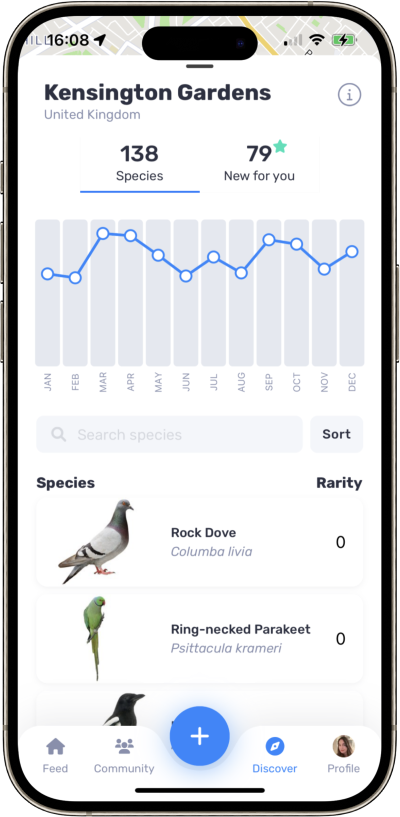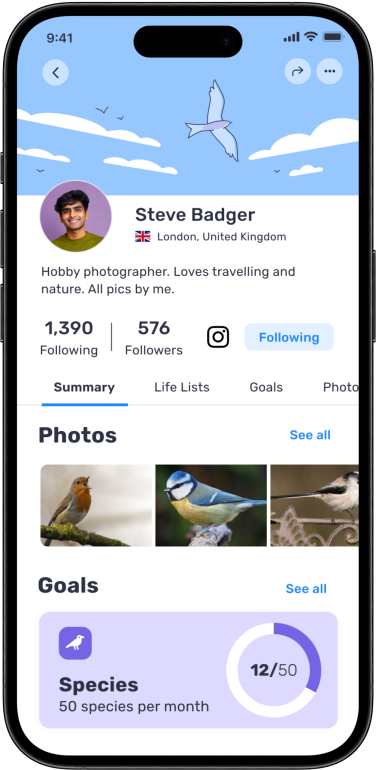loading...
Petrels, Shearwaters, Diving Petrels
The Procellariidae family, encompassing fulmarine petrels, gadfly petrels, diving petrels, prions, and shearwaters, have a significant presence within the order Procellariiformes, also known as tubenoses, which includes albatrosses and storm petrels. With great diversity and numerous species, these seabirds range from the large giant petrels, comparable to albatrosses, to the much smaller diving petrels. Both male and female procellariids appear identical and typically exhibit muted colors such as black, white, brown, and gray within their plumage. These birds are predominantly adept swimmers and foragers, feeding on fish, squid, crustaceans, and sometimes scavenging leftovers from fisheries or carrion. They are efficient at long-distance foraging and many migrate across equatorial distances. When breeding, procellariids are known to show loyalty to both their partners and nesting sites, laying a single egg that both parents take turns incubating. Despite this, not all species fare well; while some procellariids have burgeoning populations, others are endangered, threatened by predation from introduced species in their breeding habitats and by bycatch in long-line fisheries.
Historically, these birds have been exploited by humans for food and other uses, yet this practice persists on a more regulated scale today. Taxonomic studies have reshaped the understanding of their relationship within Procellariiformes, grouping the diving petrels into the same family due to genetic studies. Different procellariid groups are linked by characteristics such as skull features or diving abilities, and despite their varied appearances and habits, they share certain traits like weak legs and specific flight adaptations that assist them in their oceanic lives. They employ dynamic and slope soaring techniques to glide over waves and winds, with some species possessing a special shoulder-lock that aids in effortless flight. The family is spread across the world's oceans and undertakes remarkable migrations, but many species are restricted to isolated regions or specific latitudes. With well-developed senses, particularly for smell, they are able to locate their prey with astonishing accuracy. Though their relationship with humans has sometimes been detrimental, conservation efforts are underway to mitigate threats and protect the more vulnerable species.
Regions
Categories
All
Albatrosses
Austral Storm Petrels
Bee-eaters
Caracaras, Falcons
Chats, Old World Flycatchers
Cormorants, Shags
Coursers, Pratincoles
Cuckoos
Drongos
Ducks, Geese, Swans
Flamingos
Frigatebirds
Gannets, Boobies
Gulls, Terns, Skimmers
Herons, Bitterns
Ibises, Spoonbills
Kingfishers
Kites, Hawks, Eagles
Leaf Warblers & Allies
Northern Storm Petrels
Old World Sparrows, Snowfinches
Owls
Penguins
Petrels, Shearwaters, Diving Petrels
Pheasants & Allies
Pigeons, Doves
Plovers
Rails, Crakes & Coots
Reed Warblers & Allies
Rollers
Sandpipers, Snipes
Sheathbills
Shrikes
Skuas
Starlings, Rhabdornis
Stilts, Avocets
Storks
Swallows, Martins
Swifts
Thrushes
Tropicbirds
Wagtails, Pipits
Waxbills, Munias & Allies
White-eyes

Antarctic Petrel
Thalassoica antarctica

Antarctic Prion
Pachyptila desolata
Barau's Petrel
Pterodroma baraui
Blue Petrel
Halobaena caerulea
Broad-billed Prion
Pachyptila vittata

Bulwer's Petrel
Bulweria bulwerii

Cape Petrel
Daption capense
Common Diving Petrel
Pelecanoides urinatrix

Fairy Prion
Pachyptila turtur

Flesh-footed Shearwater
Ardenna carneipes
Fulmar Prion
Pachyptila crassirostris

Great-winged Petrel
Pterodroma macroptera

Grey Petrel
Procellaria cinerea
Herald Petrel
Pterodroma heraldica

Jouanin's Petrel
Bulweria fallax
Juan Fernandez Petrel
Pterodroma externa
Kerguelen Petrel
Aphrodroma brevirostris
Little Shearwater
Puffinus assimilis

Northern Giant Petrel
Macronectes halli
Salvin's Prion
Pachyptila salvini
Salvin's Prion
Pachyptila salvini

Scopoli's Shearwater
Calonectris diomedea
Slender-billed Prion
Pachyptila belcheri
Snow Petrel
Pagodroma nivea

Soft-plumaged Petrel
Pterodroma mollis

Sooty Shearwater
Ardenna grisea

Southern Fulmar
Fulmarus glacialoides

Southern Giant Petrel
Macronectes giganteus
South Georgia Diving Petrel
Pelecanoides georgicus
Subantarctic Shearwater
Puffinus elegans
Tropical Shearwater
Puffinus bailloni

Wedge-tailed Shearwater
Ardenna pacifica

White-chinned Petrel
Procellaria aequinoctialis

White-headed Petrel
Pterodroma lessonii
Your birdwatching journey like never before
Connect with nature in minutes
Take a walk, look out of the window and log the birds that you see. Feel good about those little connections to nature.
Discover the joy of birding
Find new birding spots, see more birds, share and celebrate with a like-minded community of nature lovers.
Play your part in saving nature
Logging your birding sightings and sessions turns into positive action for our planet. Every sighting counts.
























